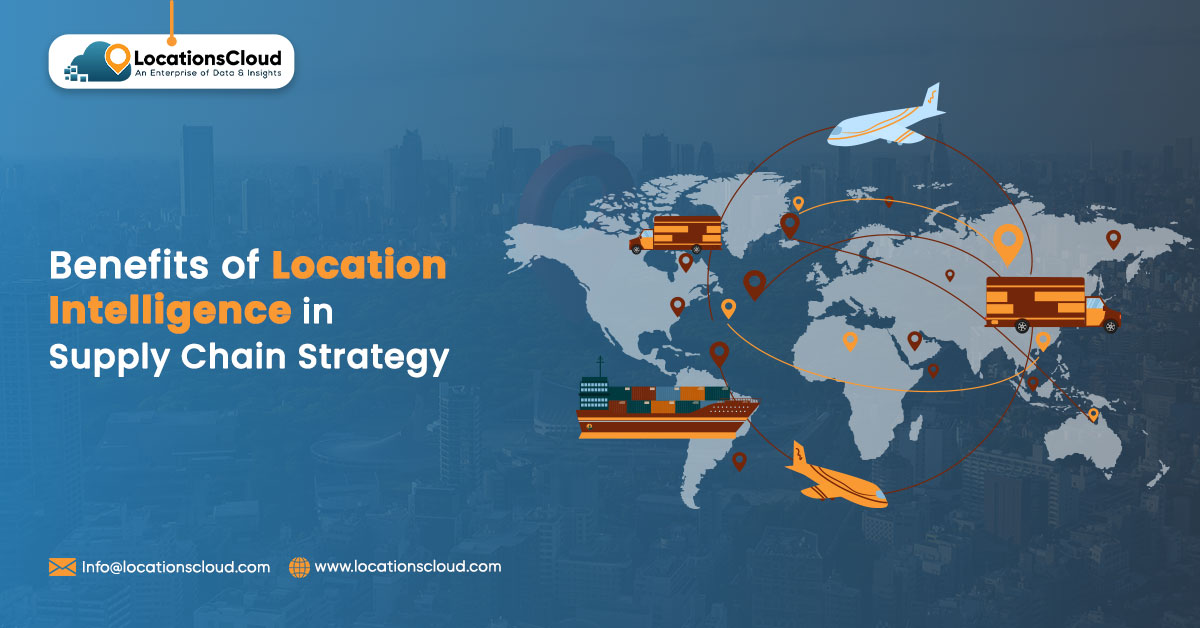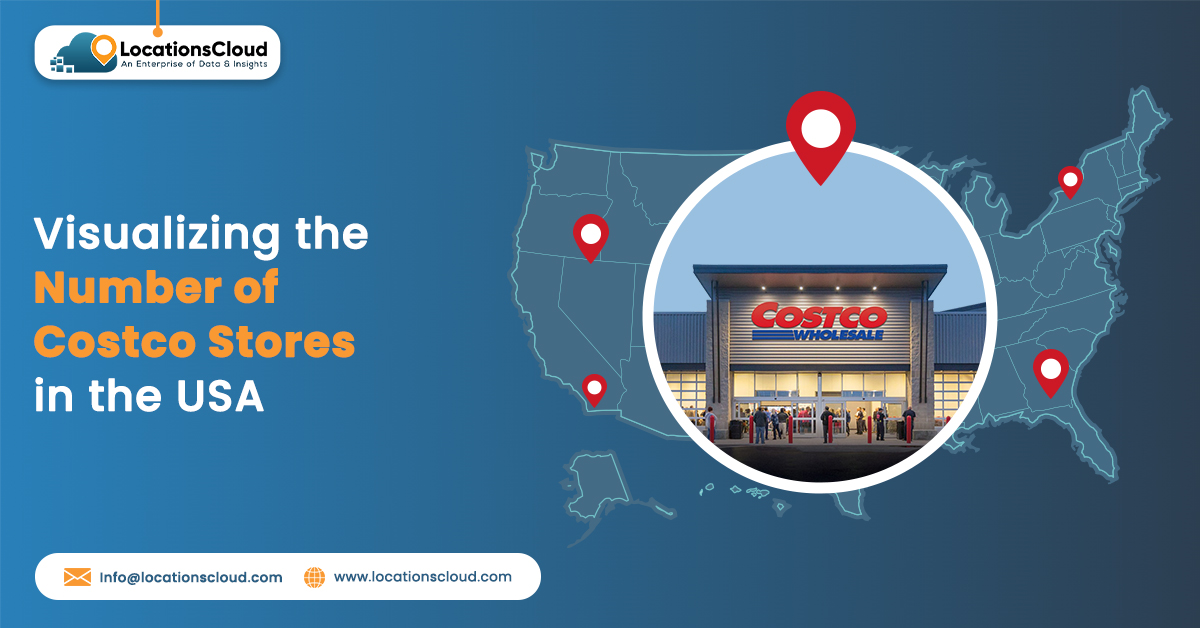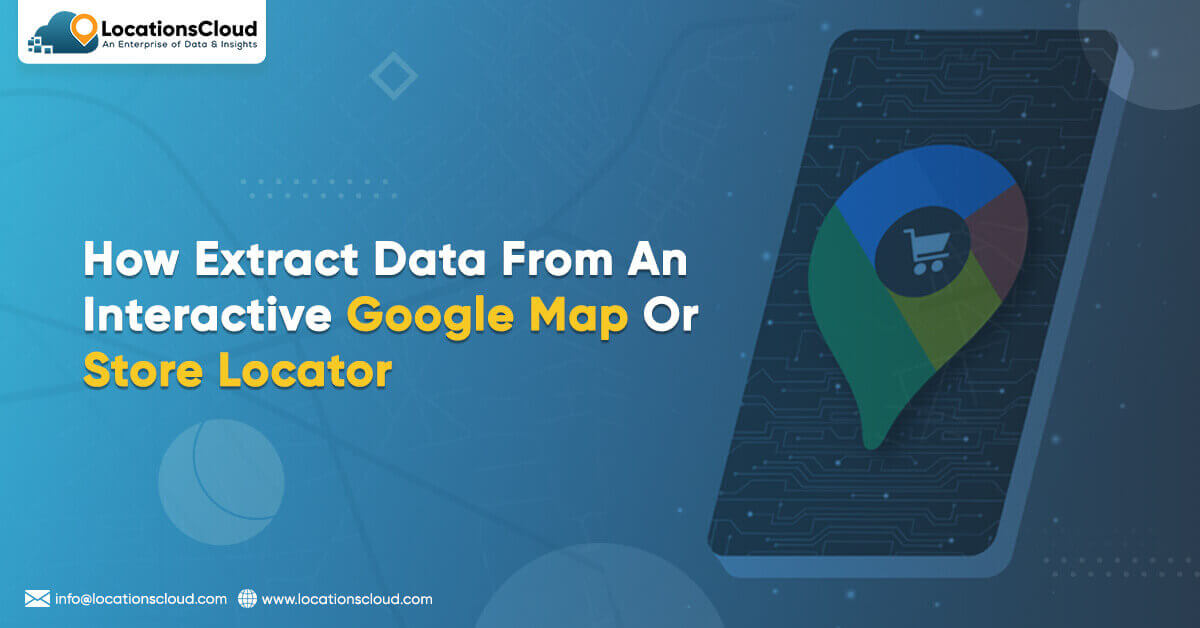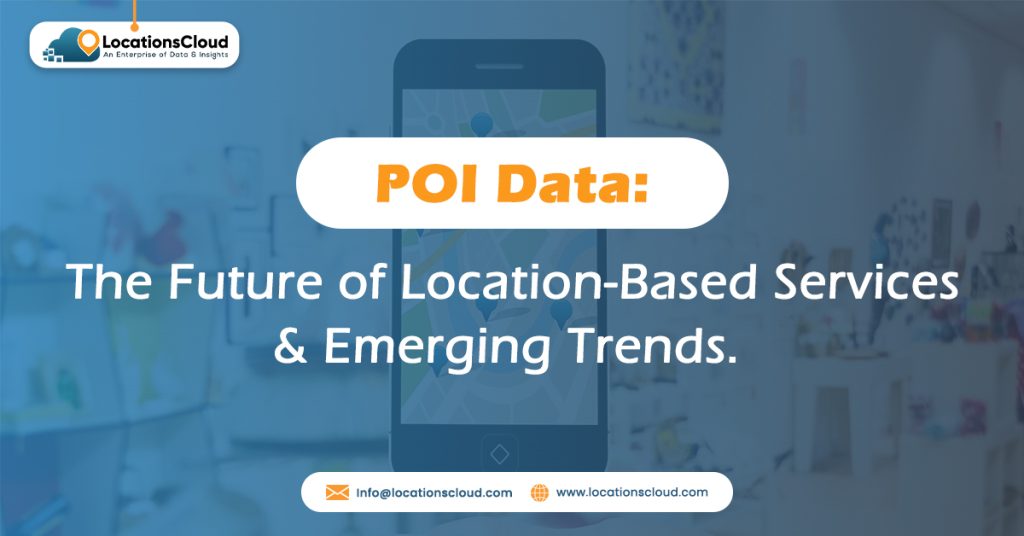
Imagine navigating through unknown places, knowing exactly where to go, when to leave, and how to get there. Sounds great, isn’t it? That’s the magic of Point of Interest (POI) data! It’s a treasure of information about where businesses, landmarks, and attractions are located. This information is part of our everyday lives — it helps businesses make informed decisions, improve emergency responses, and enhance location-based services. In this blog, we’ll explore emerging trends and new tech and explain how these exciting changes are set to reshape how we experience the world.
What is POI Data?
Point of Interest (POI) data is the information about specific places, locations, and businesses that interest people. This data includes name, address, mapping or navigation details, contact number, email ID, and everything people might want to know about the place. Here are some examples of POI data: restaurants, museums, malls, parks, retail stores, hospitals, schools, and tourist attractions.
Uses of Point of Interest POI Data
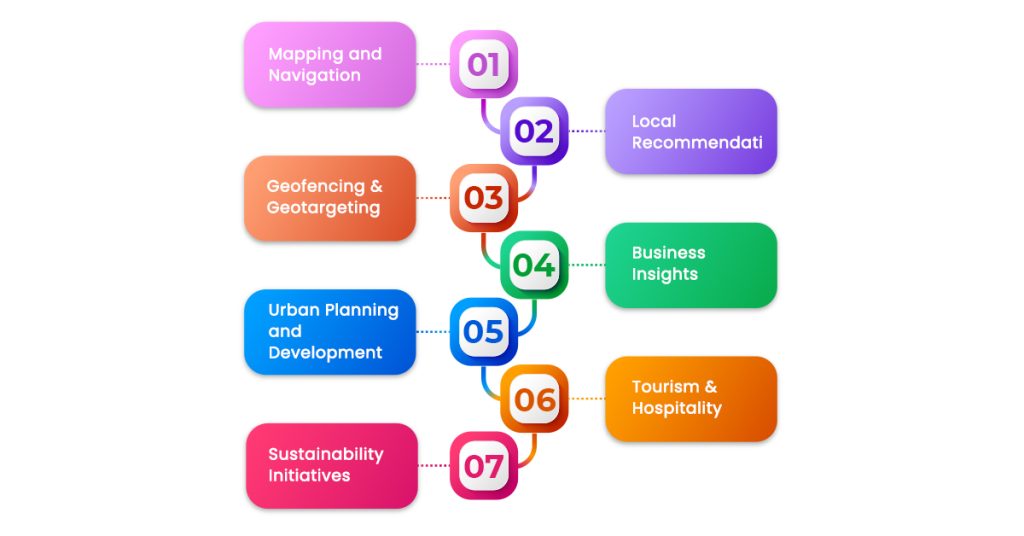
Data drives the world; POI data is an invaluable resource with various applications across various industries and sectors. Here are some of the most common applications:
Mapping and Navigation
POI data gives critical information needed to create maps and navigating systems. The building blocks help us find and learn about places and nearby streets and find the best way to get from one location to another quickly and easily.
Local Recommendations
When searching for businesses, landmarks, restaurants, roads, or other exciting places, POI data helps the search engine find them. This enables you to learn more about the world and decide where to go and what to see.
Geofencing & Geotargeting
Geofencing is a virtual fence around a specific location like restaurants, stores or a venue. When a user enters and exits, this geofence gets triggered. Promotional messages and notifications are sent to the users based on their IP address, location services, and zip codes.
Business Insights
Businesses use POI data to determine what customers like and how they behave. They look at where customers go and what they do, then use this information to identify trends and patterns. It can also help these companies improve, as customers often leave comments and reviews about their experiences.
Urban Planning and Development
City planners and companies use POI data to see how neighborhoods, businesses, and other useful places are spread out. This helps them decide on transportation facilities, what rules to set for different areas, and where to offer public services.
Tourism & Hospitality
Tourism & hospitality use POI data to show their presence. They give information about interesting places, hotels, restaurants, and events. This makes it easier for travelers to plan their trip and discover new things to do and see.
Sustainability Initiatives
POI data is used to spot places with high energy consumption, air pollution levels, traffic congestion, or waste generation. This information helps come up with plans to reduce environmental impact.
Besides the applications mentioned above, POI data has other applications, which include real-estate analysis, supply-chain operations, marketing campaigns, and location-based services.
Emerging Trends & Technologies in POI Data
As technology gets better, the way we use POI data changes too. From the tools we use to get the data to how we use it, POI data has become helpful for businesses and individuals.
Real-Time POI Data
Thanks to real-time information collection, POI data has become dynamic and more up-to-date. Before, it used to be static and outdated, which could lead people in the wrong direction. Data from traffic sensors, weather predictions, and social media make the information more helpful. Real-time data helps companies give personalized services based on location.
For instance, apps like Uber use this up-to-date POI data to tell riders when their driver will arrive and find the best route based on current traffic. By integrating GPS technology into the app, drivers can accurately determine passengers’ locations.
Integration of AI & ML
Artificial Intelligence (AI) and Machine Learning (ML) are used with POI data to learn how customers behave and identify patterns. Using AI & ML, companies analyze location data, which helps make fact-based choices. AI can predict customers’ preferences based on where they go and what they search online. Online shopping sites and booking apps use AI to suggest items and services that fit what users have searched for before.
ML interacts with devices to understand data and identify trends. This is used to give customers a more personalized experience and make marketing efforts better.
Augmented Reality (AR)
By integrating Augmented Reality (AR) to POI data, users can learn about the environment around them. AR combines digital elements with the real world, making things more engaging and interactive. It can give live information about businesses and attractions, making users feel like they’re there.
For instance, navigation has become more accessible with devices powered by AR. Imagine viewing 3D images of historical places and attractions popping up in real time, reading reviews of places, and learning fun stories about the places around you.
Blockchain Technology
Blockchain is known for enhanced data security, immutability, trust, and transparency. Combining POI data with blockchain technology makes operations more manageable in the supply chain industry, real estate, and government services. Since POI data comes from many different places, it can take time to ensure it is correct and reliable. Businesses can show they own their data by making a verified list of POI data.
For example, supply chain companies have essential information and track how goods move from different places. All the company’s transactions include where things happen and information about people, which means we must ensure these details are authentic.
Crowdsourced POI Data
User-generated content or crowdsourced POI data is better with up-to-date photos, reviews, and news. This user-made data also helps understand what customers do, what they like, and their experience. This is also used to verify existing data and gather feedback on the accuracy of the events happening in the surroundings. Platforms like Google Maps encourage users to share their thoughts and reward them for their contributions.
Google Maps has an extensive network of people who help worldwide, making their map services trustworthy. Users share details about businesses, location changes, experiences, and what’s around them.
Along with the abovementioned trends, some other trends include predictive modeling, geospatial data, and recommendations.
Disadvantages of POI Data
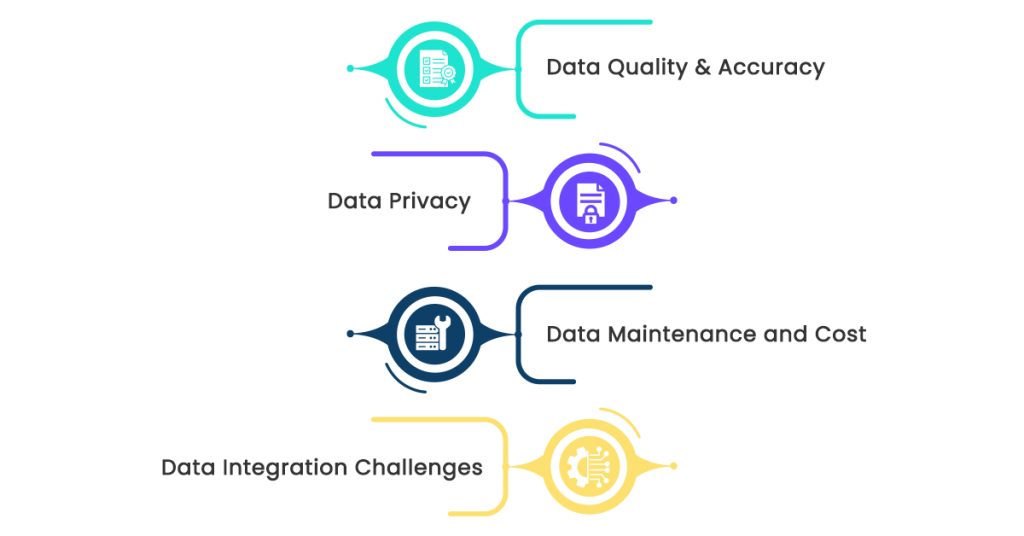
Despite numerous advantages, POI data has its drawbacks that must be considered. Here are some of the disadvantages:
Data Quality & Accuracy
POI data can be accurate and updated if appropriately maintained. Businesses need to keep the data related to them, and since some of the POI data is crowdsourced, it is only sometimes complete and accurate.
Data Privacy
There might be privacy concerns as it reveals personal information like images, email ID, and movement of their habits. Businesses and data-collecting platforms must stay responsible and ensure safety measures.
Data Maintenance and Cost
POI data needs to be updated on a real-time basis. Maintaining and updating the data is a cost-involved process, especially with the data’s growing volumes and complexity. Businesses need to invest in data management strategies to ensure accuracy and relevance.
Data Integration Challenges
Integrating data can be more challenging than expected due to the consistency of data formats, quality, and standards. This can impact the comprehensive process of development.
Conclusion
The future of POI data is brimming with new possibilities with the growth of new emerging technologies. Since the seamless integration of POI data in our daily lives, navigating through bustling cities with AR technology and up-to-date information has made it more convenient. With emerging technologies like real-time data collection, AI, ML, AR, and Blockchain, everything about POI data got better and more exciting. Everyone around you, including you, is working towards keeping the data accurate and timely. We at LocationCloud strive to provide accurate, up-to-date, affordable, ready-to-use POI data to help your business thrive and stay competitive. With all the data and insights, the future of data is getting bigger and brighter.
